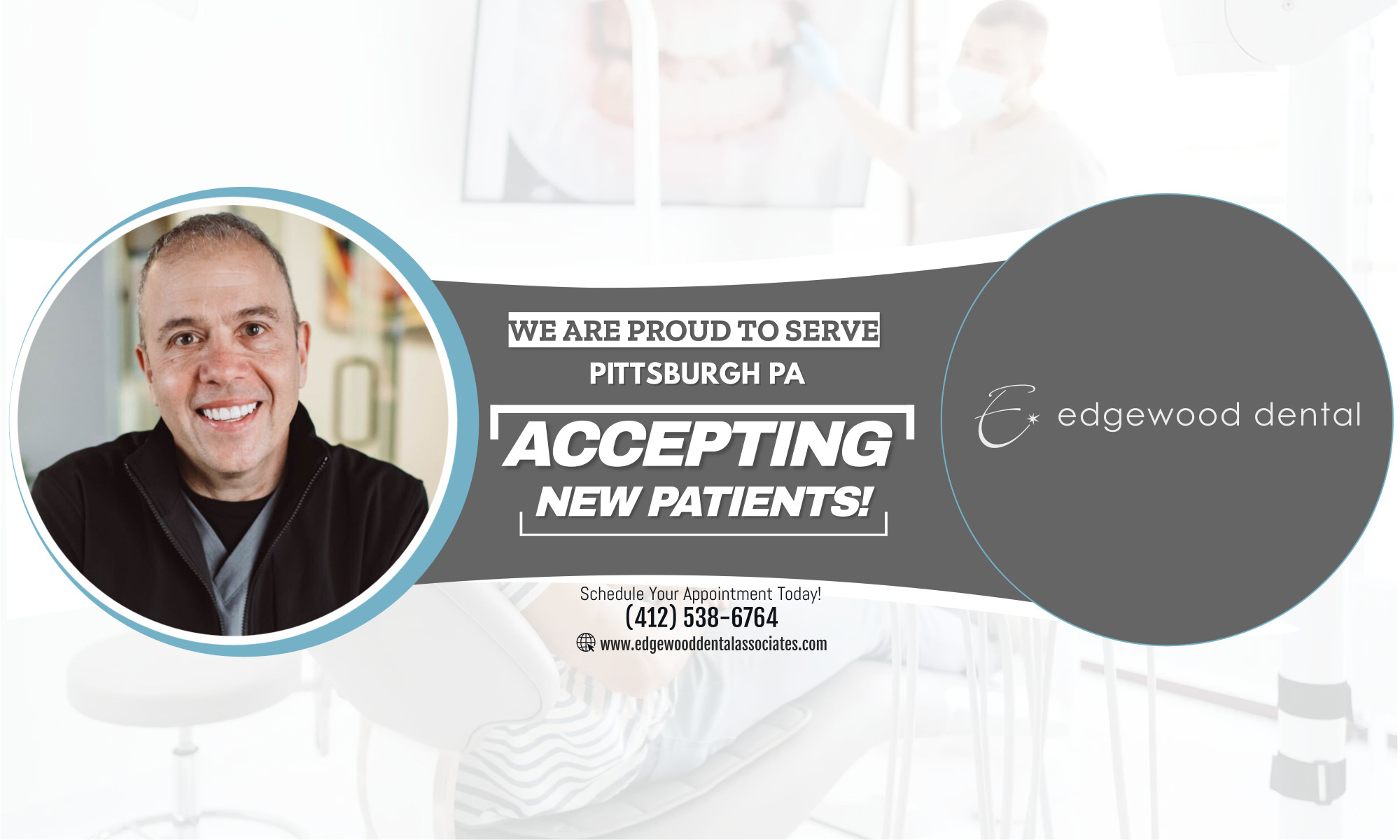Oral cancer is not as well known as other types of cancer but it can represent a life-threatening risk if not identified early.
– It strikes an estimated 35,000 Americans each year
– More than 7,500 people (5,200 men and 2,307 women) die of these cancers each year
– More than 25% of Americans who get oral cancer will die of the disease
– On average, only half of those diagnosed with the disease will survive more than five years
– African-Americans are especially vulnerable; the incidence rate is 1/3 higher than whites and the mortality rate is almost twice as high
Although the use of tobacco and alcohol are risk factors in developing oral cancer, approximately 25% of oral cancer patients have no known risk factors.
There has been a nearly five-fold increase in incidence in oral cancer patients under age 40, many with no known risk factors.
The incidence of oral cancer in women has increased significantly, largely due to an increase in women smoking. In 1950 the male to female ratio was 6:1; by 2002, it was 2:1.
The best way to prevent oral cancer is to avoid tobacco and alcohol use.
Unusual red or white spots can form in and around the mouth. These are often harmless but they can be cancerous or pre-cancerous.
Identifying and removing these early enough is a major factor in reducing the incidence of cancer.
So knowing the risk factors and seeing your dentist for regular examinations can help prevent this deadly disease.
